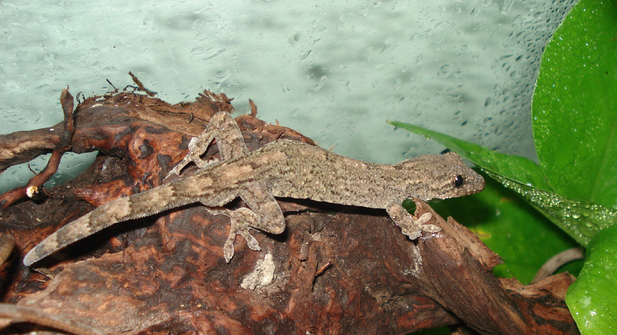The design of acoustic signals and hearing sensitivity in socially communicating species would normally be expected to closely match in order to minimize signal degradation and attenuation during signal propagation. Nevertheless, other factors such as sensory biases as well as morphological and physiological constraints may affect strict correspondence between signal features and hearing sensitivity. Thus study of the relationships between sender and receiver characteristics in species utilizing acoustic communication can provide information about how acoustic communication systems evolve. The genus Gekko includes species emitting high-amplitude vocalizations for long-range communication (loud callers) as well as species producing only low-amplitude vocalizations when in close contact with conspecifics (quiet callers) which have rarely been investigated. In order to investigate relationships between auditory physiology and the frequency characteristics of acoustic signals in a quiet caller,
Gekko subpalmatus Jingfeng Chen etc. measured the subjects’ vocal signal characteristics as well as auditory brainstem responses (ABRs) to assess auditory sensitivity. The results show that
G.subpalmatus males emit low amplitude calls when encountering females, ranging in dominant frequency from 2.47 to 4.17 kHz with an average at 3.35 kHz. The auditory range with highest sensitivity closely matches the dominant frequency of the vocalizations. This correspondence is consistent with the notion that quiet and loud calling species are under similar selection pressures for matching auditory sensitivity with spectral characteristics of vocalizations.


